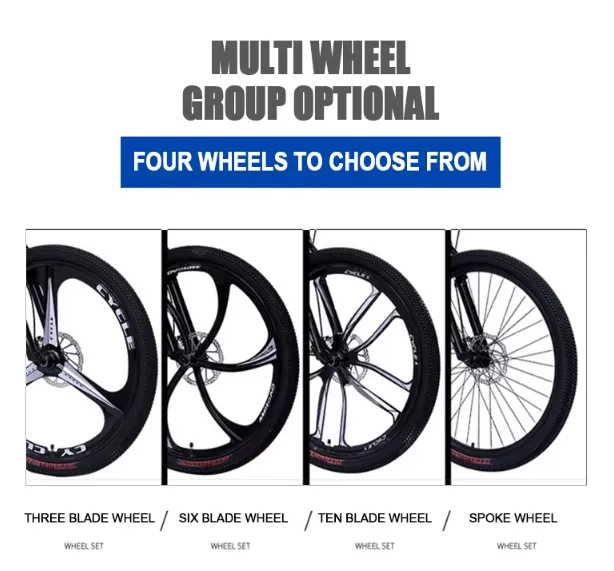
-
 Afrikaans
Afrikaans -
 Arabic
Arabic -
 Belarusian
Belarusian -
 Bengali
Bengali -
 Bulgarian
Bulgarian -
 Croatian
Croatian -
 Czech
Czech -
 Danish
Danish -
 Dutch
Dutch -
 English
English -
 Finnish
Finnish -
 French
French -
 German
German -
 Greek
Greek -
 hawaiian
hawaiian -
 Hebrew
Hebrew -
 Hindi
Hindi -
 Hungarian
Hungarian -
 Indonesian
Indonesian -
 irish
irish -
 Italian
Italian -
 Japanese
Japanese -
 Javanese
Javanese -
 kazakh
kazakh -
 Khmer
Khmer -
 Korean
Korean -
 Kyrgyz
Kyrgyz -
 Lao
Lao -
 Latin
Latin -
 Luxembourgish
Luxembourgish -
 Malay
Malay -
 Myanmar
Myanmar -
 Norwegian
Norwegian -
 Persian
Persian -
 Polish
Polish -
 Portuguese
Portuguese -
 Romanian
Romanian -
 Russian
Russian -
 Serbian
Serbian -
 Slovak
Slovak -
 Somali
Somali -
 Spanish
Spanish -
 Swedish
Swedish -
 Tagalog
Tagalog -
 Thai
Thai -
 Turkish
Turkish -
 Turkmen
Turkmen -
 Ukrainian
Ukrainian -
 Uighur
Uighur -
 Vietnamese
Vietnamese
Nov . 24, 2024 23:37 Back to list
Innovative Concepts in Modern Mountain Bike Design and Technology Trends
The Art and Science of Mountain Bike Design
Mountain biking is more than just a sport; it's a lifestyle that encourages exploration and adventure in the great outdoors. At the heart of this exhilarating experience is the mountain bike itself—a meticulously engineered machine that combines form, function, and flair. The design of a mountain bike is a fascinating interplay between aesthetics, technology, and physical performance.
The Framework of Innovation
The foundation of any mountain bike is its frame, typically constructed from materials like aluminum, carbon fiber, or steel. The choice of material significantly impacts the bike’s weight, strength, and ride quality. Aluminum is popular for its balance of lightness and durability, while carbon fiber offers the performance advantage of reduced weight and increased stiffness, albeit at a higher price point. Steel, while heavier, is cherished for its flexibility and comfort, particularly on long rides over rough terrain.
The geometry of the bike’s frame—the angles and dimensions—determines handling and stability. For instance, a bike with a slacker head angle offers greater stability on downhill descents, while a steeper angle improves agility on climbs and tight turns. Additionally, the length of the wheelbase influences the bike's overall maneuverability. Mountain bike designers carefully balance these elements to cater to different riding styles, whether it's cross-country, trail, or downhill biking.
Suspension Systems The Key to Comfort and Control
A critical aspect of mountain bike design is the suspension system, which helps absorb the shocks and vibrations encountered on rugged trails. There are two main types of suspension hardtail and full-suspension. Hardtail bikes have a rigid rear end, providing efficiency and lighter weight, making them suitable for climbing. Contrarily, full-suspension bikes feature both front and rear suspension systems, offering superior control and comfort over challenging terrains but often at the cost of additional weight.
Modern advances in suspension technology, such as adjustable air shocks and sophisticated damping systems, have enhanced performance significantly. These innovations enable riders to customize their ride for different terrains, ensuring maximum grip and minimizing fatigue over long distances.
Wheel Size and Tread Design
mountain bike design

The size of the wheels also plays a crucial role in mountain bike performance. Mountain bikes typically feature 26-inch, 27.5-inch, or 29-inch wheels. Smaller wheels (26-inch) are easier to maneuver and accelerate quickly, while larger wheels (29-inch) roll over obstacles more efficiently, providing better traction and stability. The trend toward 29-inch wheels has gained momentum, particularly for cross-country and trail riding.
Moreover, the tire tread design is vital for traction on varying terrains. Tires with wider treads and deeper lugs excel in loose or muddy conditions, whereas smoother tires may be preferred for hard-packed trails to improve speed. Riders must consider their typical riding environment when selecting the appropriate tires for their bike.
Brakes Matter
Safety is paramount, and mountain bike designers have made significant advancements in braking systems. Disc brakes, either hydraulic or mechanical, provide superior stopping power and performance under diverse weather conditions compared to traditional rim brakes. The choice of brake system can influence a rider’s confidence on steep descents and during high-speed maneuvers, making it an essential consideration in the design process.
Personalization and Aesthetics
In addition to technical aspects, the design of mountain bikes increasingly takes into account personal preferences and aesthetic appeal. Custom paint jobs, graphics, and component choices allow riders to express their individuality. Brands are now offering a plethora of options for handlebars, grips, and saddles, enabling cyclists to tailor their bikes to their specific needs, comfort, and style.
The Future of Mountain Bike Design
As technology continues to evolve, the future of mountain bike design promises even more innovation. Integrating smart technology, like GPS tracking and performance monitoring, may soon become standard features, allowing riders to enhance their biking experience. Additionally, eco-friendly materials and sustainable practices are gaining traction in manufacturing, paving a new path for responsible mountain biking.
In conclusion, mountain bike design is a complex blend of artistry, engineering, and rider feedback. Each element—from frame materials, geometry, and suspension to wheel size and brake systems—contributes to a bicycle that not only meets the demands of diverse terrains but also enhances the rider's experience. As mountain biking continues to grow in popularity, so too will the innovations and designs that shape this dynamic sport. Whether you’re seeking adrenaline-pumping descents or serene scenic rides, the perfect mountain bike design is out there, waiting for you to discover it.
-
Premium 26" 21-Speed MTB with Mg Alloy Steel Frame OEM Bike
NewsAug.03,2025
-
Top Kids Bike with gpt-4-turbo AI for Safe Rides
NewsAug.02,2025
-
Premium Titanium Road Bike: Lightweight & Durable
NewsAug.01,2025
-
Red Black BMX Bike with GPT-4-Turbo AI Tech
NewsJul.31,2025
-
New Red Anti-theft E-Bike | Easy Ride City Commuter
NewsJul.31,2025
-
BMX 20 Inch Bikes for Freestyle & Street | Fat Tire Options Available
NewsJul.30,2025

